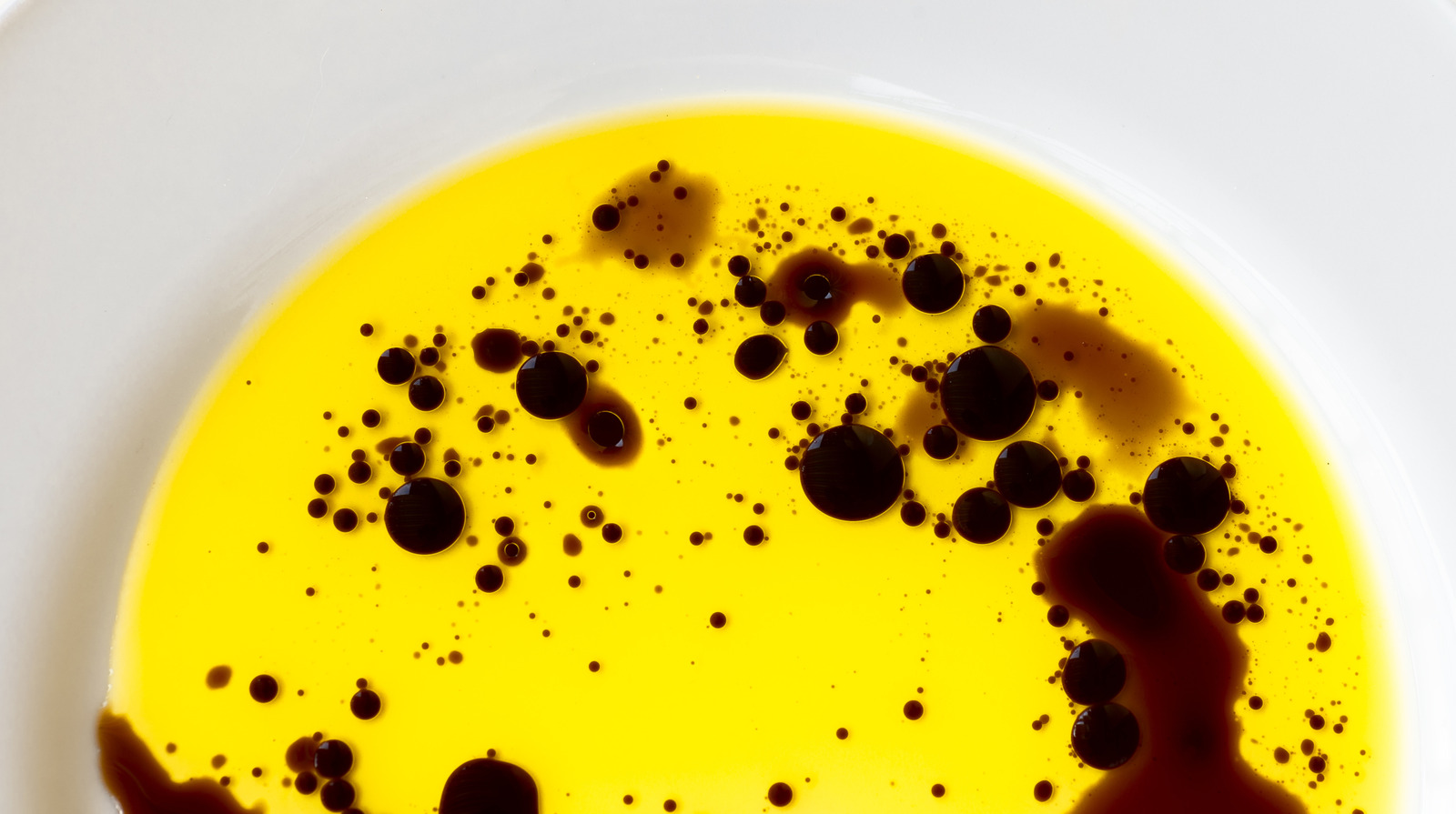#salad-dressing
#salad-dressing
[ follow ]
#vinaigrette #extra-virgin-olive-oil #maple-syrup #emulsification #flavor-enhancement #food-history #food-recall
fromTasting Table
2 months agoHow Long An Opened Bottle Of Salad Dressing Really Lasts In The Fridge - Tasting Table
Temperature is a key factor in ensuring that salad dressing is safe to eat, so check that the settings on your fridge keep it below 40 degrees Fahrenheit. Placement is also important. The door of the refrigerator might seem like the most convenient spot to store the bottles, but as you open and close it, the temperature will fluctuate too much.
Food & drink
fromTasting Table
2 months agoThis Popular Vintage Salad Dressing Was Discontinued In The 1970s - And No One Can Truly Recreate It - Tasting Table
Though oil and vinegar have been splashed onto greens for centuries, it wasn't until the 1900s that enterprising restaurant owners began packaging dressings to sell to customers. In 1925, Kraft Cheese began dabbling in mayonnaise and salad dressing sales, partnering with the Milani Company, a brand already cranking out a variety of salad dressings. One of the flavors is now classified as an old-school salad dressing we don't see often - in fact, at all.
Cooking
fromTasting Table
2 months agoDon't Dump That Canned Beet Juice Down The Drain - Save It For Your Salads Instead - Tasting Table
If you've ever cut beets, you know how easily their juices flow, often staining your hands maroon. Naturally, they impart their color and sweet, savory flavors into the canning liquid. While a sugary recipe will enhance existing sweetness, a briny liquid balances the beets' natural sweetness and emphasizes earthiness. Either way, this leftover beet juice will make for a colorful and flavorful salad dressing that can easily boost complexity.
Food & drink
fromTasting Table
4 months agoThis Celebrity Chef Helped Paul Newman Start His Philanthropic Food Brand - Tasting Table
The end result of Newman's salad dressing experiments was a hit. Stewart included Newman's salad dressing in a blind taste-testing lineup, and the actor's recipe won all the accolades from participants.
Food & drink
fromTasting Table
5 months agoJose Andres' Genius No-Waste Salad Dressing Hack - Tasting Table
Andrés adds a hearty squeeze of mustard into the bottle along with a couple spoonfuls of olive oil and another tablespoon of vinegar. He doesn't measure any of the ingredients, adding each directly from the bottle for a dish-free, mess-free experience.
Cooking
[ Load more ]


